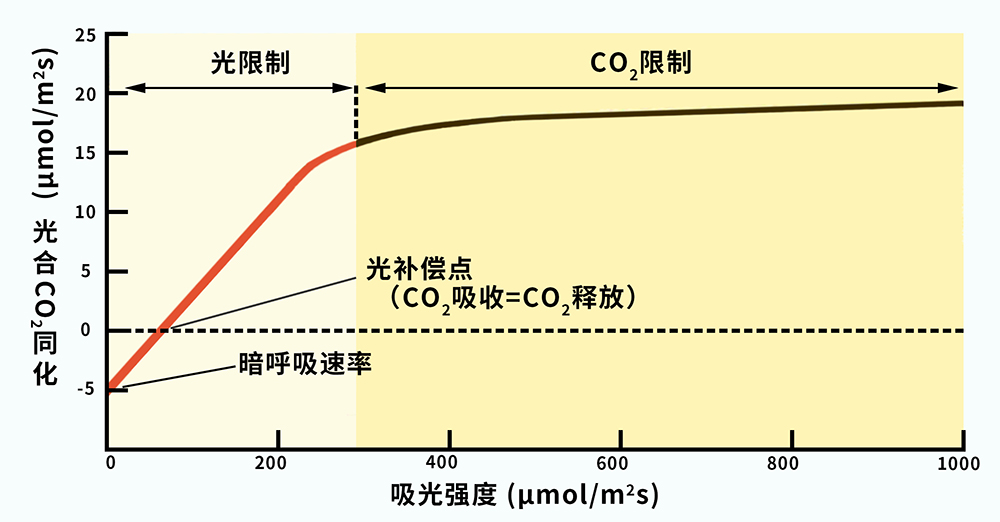
Focus on the R & D and production of plant fill light
As we all know, the growth of plants depends on the irradiation of sunlight. Generally, the intensity of sunlight on sunny outdoor days at noon ranges from 30000 lux to 300000 lux. The specific intensity will vary according to the season. Most of the energy of these rays will not be absorbed by plants, and most of them will be reflected by leaves, most of which are green light, So the leaves are green in our eyes.
So where does the absorbed light go? After this part of light is absorbed by the chloroplast of the leaves, it participates in the metabolism and growth of plants, and finally synthesizes sugars and other organic substances to promote the growth of plants. When it is placed on leafy vegetables, it is the increase of leaves and the growth of rhizomes. When it is placed on melons, fruits, eggplant and other vegetables, it is mainly the formation of fruits. The metabolic process of this plant is called plant respiration in scientific research, The respiration of plants is simply divided into two stages. One is aerobic respiration, that is, the efficiency of photosynthesis is lower than that of respiration, and the other is anaerobic respiration, that is, photosynthesis is higher than that of respiration. Plants in the state of aerobic respiration will consume their own organic matter, and plants in the stage of anaerobic respiration will form sugars and other organic matter.
There are two points in plant respiration, the first is light compensation point and the second is light saturation point

Light compensation point: when the organic matter produced by plants through photosynthesis is balanced with the material consumed by respiration, the light intensity is called light compensation point. At the light compensation point, the formation and consumption of organic matter are equal, and dry matter cannot be accumulated.
Light saturation point: within a certain light intensity range, the photosynthetic rate of plants increases with the increase of illuminance. When the illuminance rises to a certain value, the illuminance value when the photosynthetic rate does not continue to increase.
The reason why the fruits in Xinjiang are sweet is that the temperature is high during the day, the light is strong, the anaerobic respiration is strong, the temperature is low at night, and the aerobic respiration is weak.